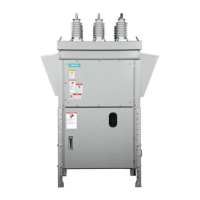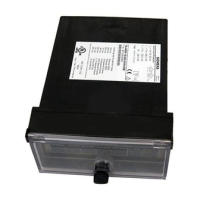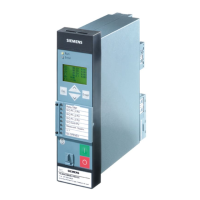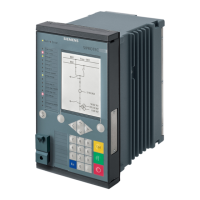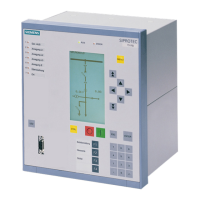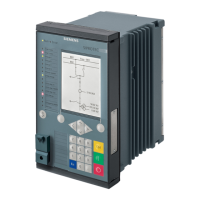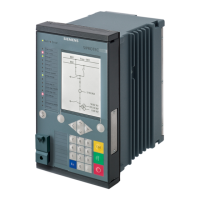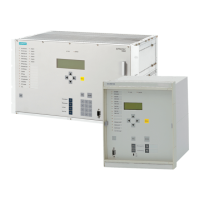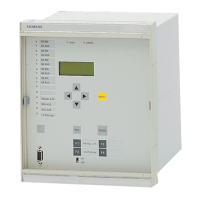21
This allows the spring to pull the armature from the pole face. The armature
triggers the separation of the contacts by means of the breaker mechanism. The
transformer need only generate the small amount of energy needed to cancel out
the holding ux, which trips the latch release of the energy store in the breaker
mechanism by means of the falling armature, and not the large amount of energy
needed to open the contacts.
The functionality of the residual current protective device can be tested using the
test button available on any device. Pressing the test button generates an articial
residual current which must trip the residual current protective device. In order to
guarantee protection against dangerous shock currents, the reliability of the RCCB
must be tested when the installation is commissioned and at regular intervals, at
least half-yearly (e.g. upon transition from daylight savings time to standard time).
4.3.2 SIQUENCE universal current-sensitive RCCB
Type B and Type B+
This type of device has two detection systems. In accordance with the DIN VDE
0664-100 specication applicable in Germany, detection, evaluation and dis-
connection according to Type A requirements are independent of the supply
voltage. For physical reasons, a voltage supply is required only for the detection
of smooth DC residual currents. The voltage is supplied by all line supply cables.
Figure 7: Structure of a SIQUENCE Type B and Type B+ universal currentsensitive
RCCB
A Holding magnet release
M Mechanics of the protective device
E Electronics for tripping in the
event of smooth DC residual currents
T Test equipment
n Secondary winding
W1 Summation current
transformer for detection
of sinusoidal residual currents
W2 Summation current
transformer for detection
of smooth DC residual currents

